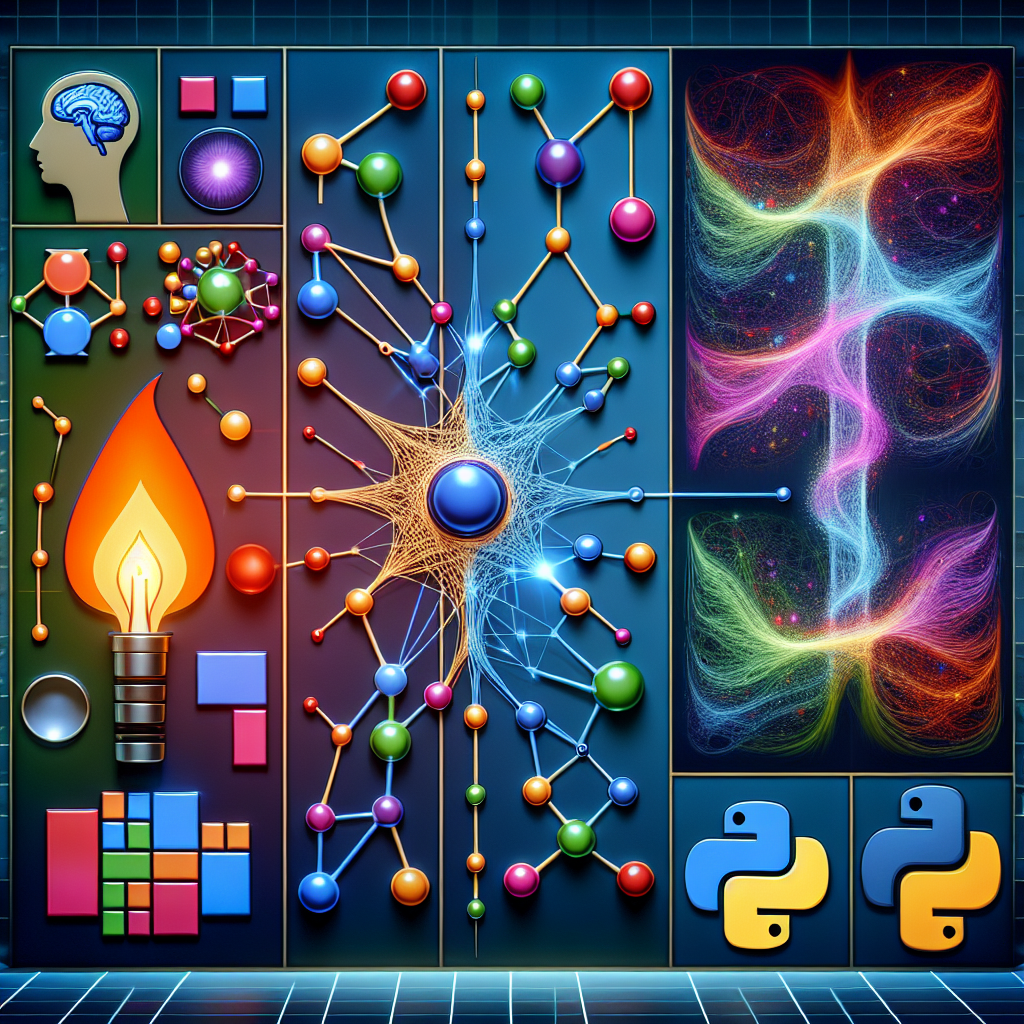Fix today. Protect forever.
Secure your devices with the #1 malware removal and protection software
Deep learning has revolutionized the field of artificial intelligence, enabling machines to perform complex tasks with human-like accuracy. Neural networks, the building blocks of deep learning, have become increasingly popular for tasks such as image recognition, natural language processing, and autonomous driving.
In this article, we will explore the evolution of neural networks to Convolutional Neural Networks (CNNs) and how they are implemented in two popular deep learning frameworks, PyTorch and TensorFlow.
Neural networks are a set of algorithms, modeled after the human brain, that are designed to recognize patterns in data. They consist of layers of interconnected nodes, or neurons, that process input data and pass it through activation functions to produce an output.
CNNs are a specialized type of neural network that are particularly well-suited for image processing tasks. They use a combination of convolutional layers, pooling layers, and fully connected layers to extract features from images and classify them into different categories.
PyTorch and TensorFlow are two of the most widely used deep learning frameworks for building and training neural networks. PyTorch is known for its flexibility and ease of use, while TensorFlow is popular for its scalability and performance.
In PyTorch, building a neural network is as simple as defining a class that inherits from the nn.Module class and implementing the forward method, which specifies how the input data is processed through the network. PyTorch provides a rich set of tools for building and training neural networks, including automatic differentiation for computing gradients and optimization algorithms such as stochastic gradient descent.
TensorFlow, on the other hand, uses a computational graph to define the operations performed by the neural network. The graph is then compiled and executed using TensorFlow’s runtime engine. TensorFlow also provides high-level APIs, such as Keras, that simplify the process of building neural networks.
To implement a CNN in PyTorch, we can use the nn.Conv2d class to define convolutional layers, nn.MaxPool2d class for pooling layers, and nn.Linear class for fully connected layers. We can then use the torch.optim package to define an optimizer and train the network using a loop that iterates over the training data.
In TensorFlow, we can use the tf.keras.layers module to define the layers of the CNN, and the tf.keras.optimizers module to define the optimizer. We can then compile the model using the compile method and train it using the fit method.
In conclusion, deep learning has come a long way from simple neural networks to sophisticated CNNs that can accurately classify images, recognize speech, and perform other complex tasks. PyTorch and TensorFlow provide powerful tools for building and training neural networks, making it easier than ever to harness the power of deep learning for a wide range of applications.
Fix today. Protect forever.
Secure your devices with the #1 malware removal and protection software
#Neural #Networks #CNNs #Exploring #Deep #Learning #PyTorch #TensorFlow,understanding deep learning: building machine learning systems with pytorch
and tensorflow: from neural networks (cnn

Leave a Reply
You must be logged in to post a comment.